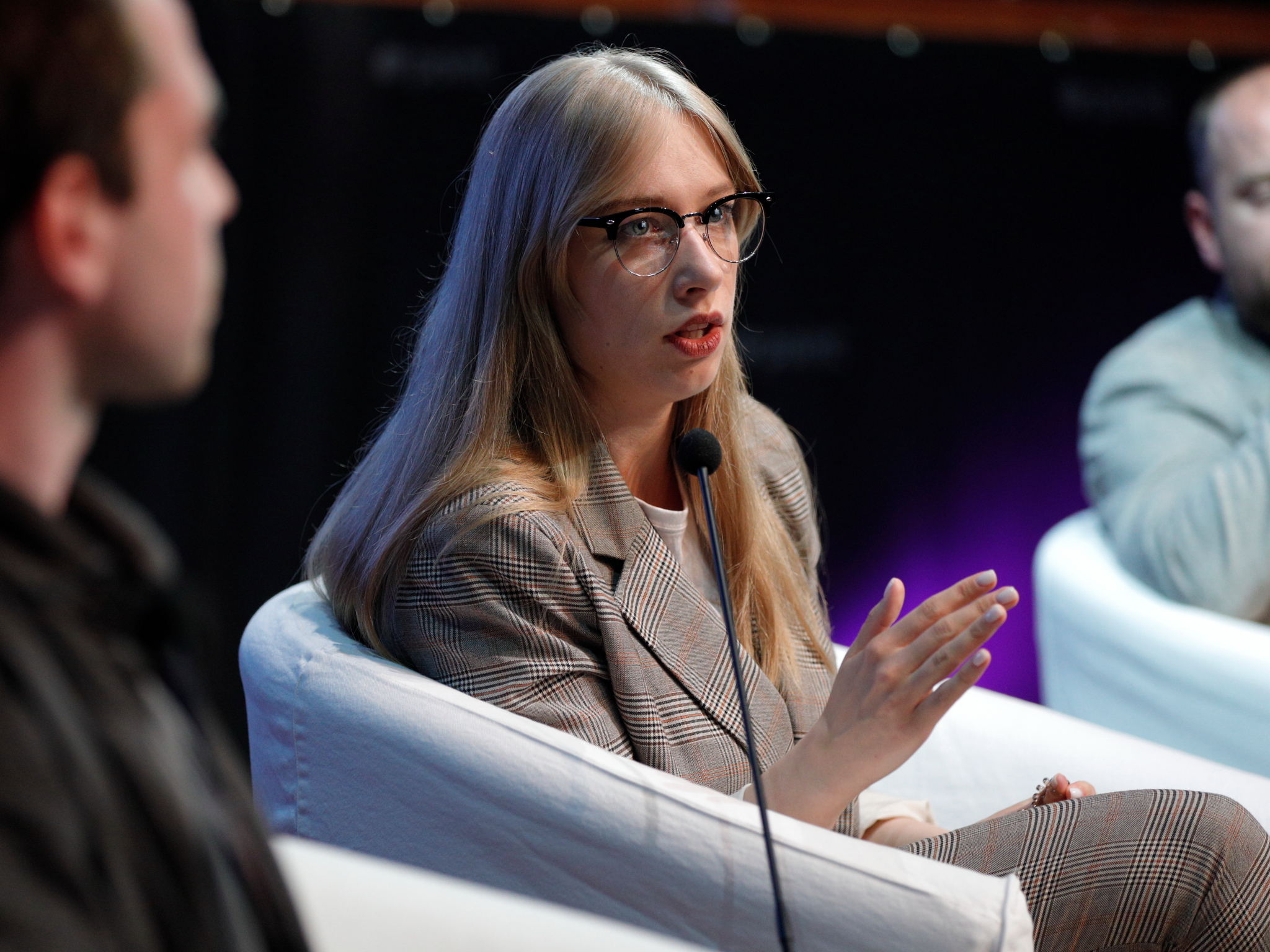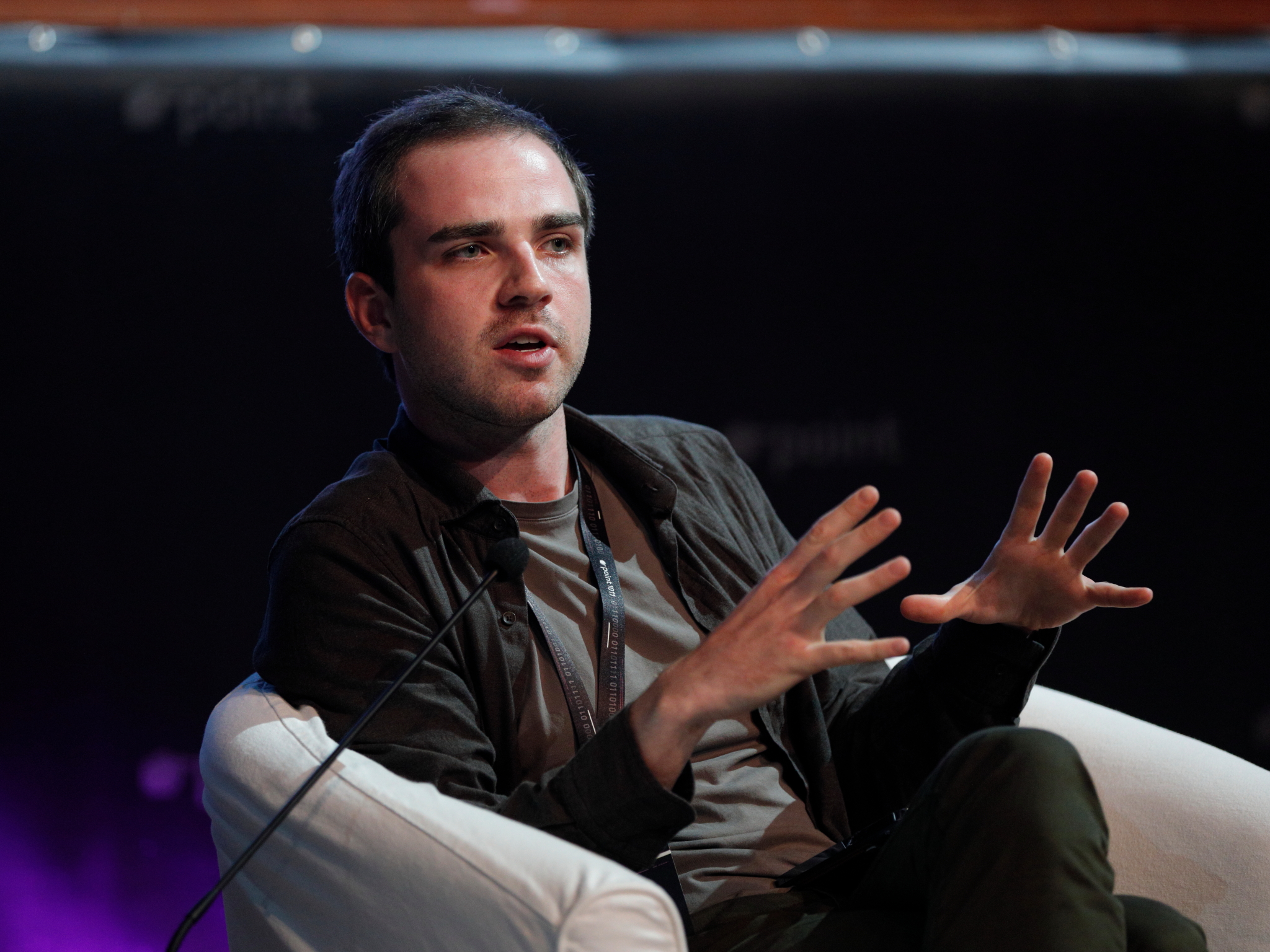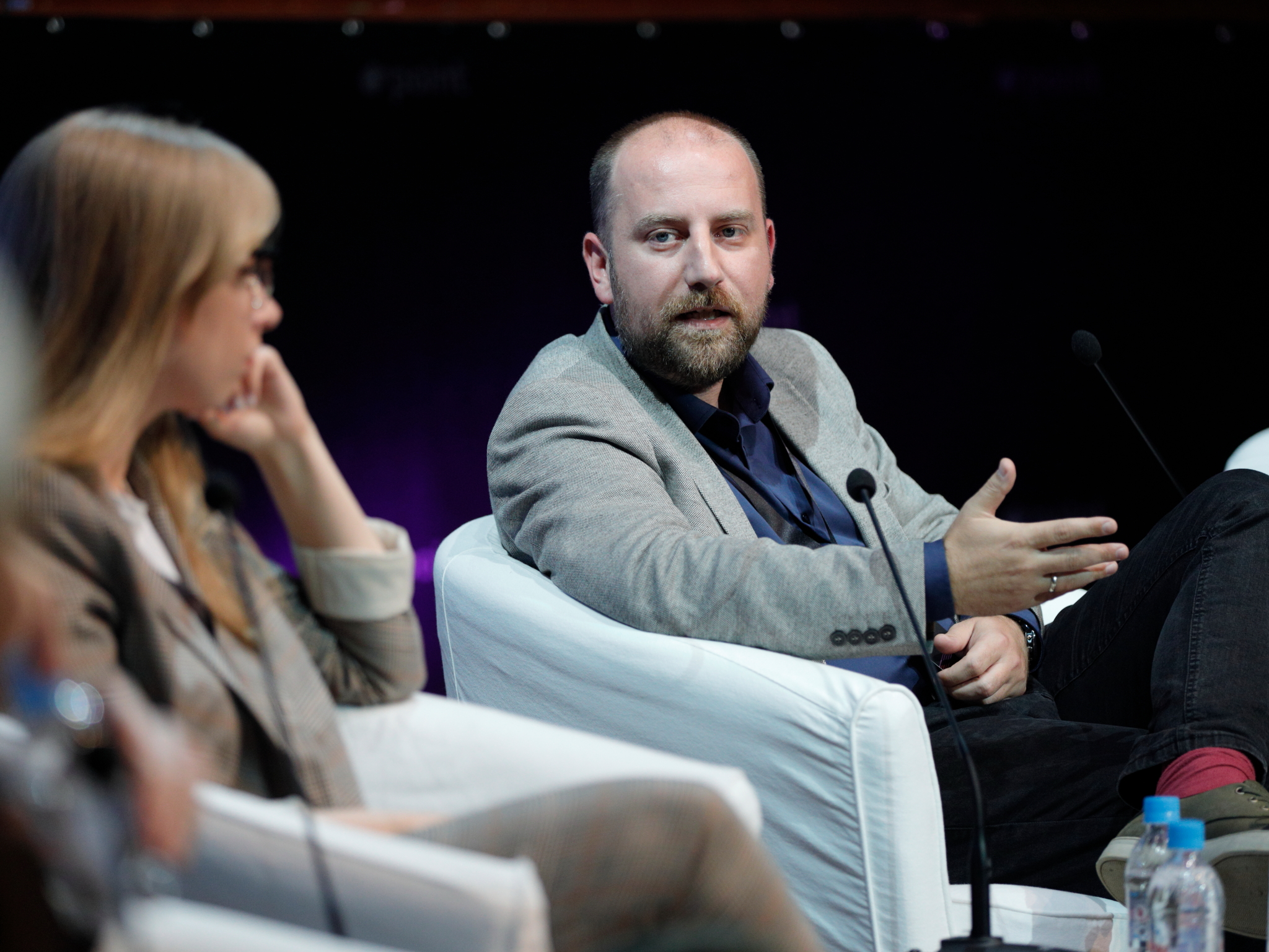Challenges and opportunities YouTube and podcasts have brought to crime investigation and reporting
The second panel curated by Mixer at this year’s edition of the POINT Conference was all about investigative journalism and the challenges, changes and opportunities it faces due to the expansion of YouTube and podcasts in our region.

Foto: Vanja Ćerimagić
The second panel following the lunch break of the first day of the POINT 1011 Conference, was moderated by Ezanna Ćeman-Pervizaj from Organized Crime and Corruption Investigative Project. The speakers were David Ilieski, a reporter at Investigative Reporting Lab – IRL from North Macedonia, Yanina Kornienko, a journalist at Slidstvo.Info from Ukraine, and Semir Mujkić, a managing editor for BIRN Bosnia and Herzegovina.
At the very beginning, participants introduced themselves, their respective media outlets and their work. The conversation started with the question of why Slidstvo.Info and BIRN B&H started using YouTube and what were the benefits compared to a written form of journalism.
For Slidstvo.Info, starting YouTube was an alternative to working with Ukrainian TV stations – which, according to Kornienko, are mostly owned by politicians and businesses. Their ownership structure could have an impact on journalists’ independence which was not an option for this media outlet. The second reason was the sense that Ukrainian audiences do not like to read long investigative pieces, so using the video format was a way to simplify the story.

Foto: Vanja Ćerimagić
As for BIRN, starting YouTube was a way to discover new audiences. An earlier produced show, that has been aired monthly on some 20 TV stations, was uploaded to YouTube, but no attention was paid to promoting it and to using YouTube to reach people through it. Semir also pointed out an observation that people are more prone to watching a very long documentary featuring an investigative story, rather than reading the same story which takes them an even shorter amount of time to complete. Using YouTube brings the opportunity to reach not only younger audiences but also older audiences that access YouTube on Smart TVs.
David Ilieski added that using video format on YouTube can help reach new audiences, but also offer an opportunity to better tell and express a certain type of investigative story that is fully suited for a video, as opposed to a written investigative piece. David also explained how IRL evolved from producing the documentary series “NewsRoom” about investigative stories they did to producing podcasts where they explain a background story on how the investigation was conducted and what is the journalists’ story behind it. Starting a podcast was also driven by IRL’s intention to try to rebuild the trust in journalism by showing how professional standards are applied while doing their job, Ilieski said.

Foto: Vanja Ćerimagić
The conversation moved on to question if there were any challenges or rather opportunities that the rise of YouTube and podcasts have brought to all three organizations doing investigative journalism.
Yanina said that the production of videos in the first months of the war brought them millions of views to their YouTube channel, but this was actually a challenge due to increasing pressure to keep the frequency of publishing videos to maintain the audience. Another challenge is not knowing the audience well and not knowing what they want to watch, which is again in correlation with a sudden increase in views following the beginning of the war. Finally, having a lot of vloggers that tend to “inform” people on YouTube, but are not following the standards of the journalism profession necessarily, is also a challenge Slidstvo faces.
For BIRN, the challenge was really about learning how to switch from written format to video storytelling. There is also the added cost and time it takes to produce a good-quality video. Many things need to be taken into consideration when making a captivating video as compared to writing a story, Semir emphasized. Another challenge is everything it takes to make a really good video – there is a big gap between a video taken on the phone and the costly production of serious videos requiring a cameraman and video editors.

Foto: Vanja Ćerimagić
David also agreed that the resources are the problem, as making videos can cost a lot of money if you want to make them the right way. Building trust in journalists is the biggest problem that David sees in the world today and the way IRL tackles this is not only by investigating crime and corruption but also by showing how those stories are investigated.
Answering the question of how to navigate the balance between journalist integrity and audience needs, in the light of the quest to prioritize entertainment and sensationalism, all three speakers agreed that journalists’ professionalism and standards are imperative and that there should be no discussion on this topic.

Foto: Vanja Ćerimagić
As the panel was approaching the end, each of the participants presented examples of investigative stories their media outlets did and conveyed in video format or podcasts. Yanina shared a story about the way Slidstvo does investigative fieldwork on real executors in places with documented war crimes, as well as the story about the deportation of children to Russia.
Semir from BIRN shared a recent story about the far-right narratives in Serbia and Bosnia and Herzegovina which led to violence against the LGBTQ+ community and stopping the Europride in Belgrade. Short explainer and trailer videos that announce a big story work well for BIRN, Semir said.
Finally, David shared the experience with the story of a cardiac surgeon in North Macedonia who was performing experimental medical treatments on Covid-19 patients. Not only was the documentary a success in terms of the views it had on YouTube, it also prompted an investigation and the doctor is now facing charges of scamming people and endangering their lives.
In the end, participants agreed that YouTube is here to stay the dominant platform for investigative news outlets allowing them to publish their work in video format. There is potential for YouTube to grow, however, the question of how much it can grow remains. Speakers concluded that there is a constant need to think about new ways of storytelling and means to understand the audiences better.
Author: Amar Karađuz